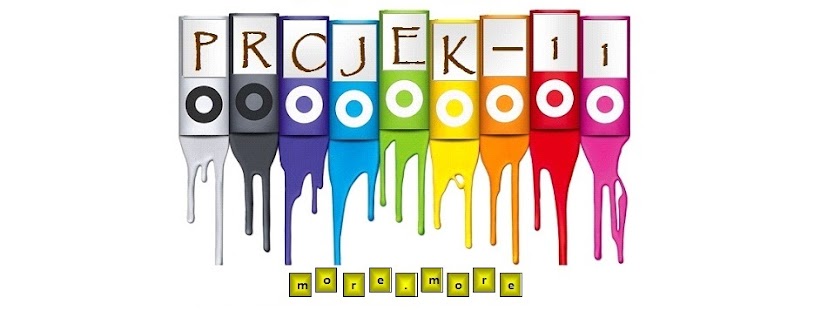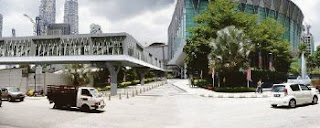The Covered and Elevated Pedestrian Walkway linkage project is one of many parts of Greater Kuala Lumpur/Klang Valley from nine entry points project (EPP) that be pivotal towards achieving the aspiration for Greater KL/KV — 20-20 by 2020. This project was launched under EPP8: Creating a Comprehensive Pedestrian Network which set in two phases where PETRONAS had led-effort to complete the walkway around KLCC area. This project runs from April 2010 – February 2011 with the cost of RM 10 million by PETRONAS, KLCC (Holding) Berhad (KLCCB), Kuala Lumpur City Hall and Syarikat Prasarana Negara Berhad (SPNB).
Based on a public opinion survey by Seranta Awam, Greater KL/KV is not a pedestrian-friendly city, as it currently has inefficient design, poor maintenance and poor accessibility. Locals and visitors often find that there are no linkages between buildings, poor continuity in pedestrian walkways and lack of access for the physically challenged and elderly.
In addition to a direct impact on liveability, the value of a comprehensive pedestrian network will be significantly enhanced if integrated with other major developments in the city. Linking pedestrian walkways with the MRT system will help improve traffic flow in and out of stations, improve connectivity between transit nodes and increase retail activities either in or near the MRT stations. Connecting pedestrian walkways with the revitalised Klang River will encourage tourists and locals to visit the heart of the city and promote commercial and leisure activities along the river banks.
The second phase will cover an additional of 6 linkages with funding injected of RM 100 million from PETRONAS and RM 60 million from Syarikat Prasarana Negara Berhad (SPNB). In parallel, a long-term plan will be developed by DBKL to deploy a full pedestrian network across KL city totalling 45 kilometres. Implementation of this extended corridor will begin in 2012 and is expected to be completed by 2014.
Project Management Overview
Scope : linking Kuala Lumpur Convention Centre (KLCC) and Hotel Impiana
KLCC, covered, elevated, air-conditioned, 142 meters long
Time frame : April 2010 until February 2011
Cost : RM 10 million
Quality : encouraging more people to use public transportation systems, boosting
the growth of tourism, preventing Kuala Lumpur from traffic congestion,
improving the security from crime threat
Project Manager : Kuala Lumpur City Hall, PETRONAS, KLCC (Holding) Berhad (KLCCB),
Syarikat Prasarana Negara Berhad (SPNB)
Project Owner : Federal Government, Federal Territories and Urban Wellbeing Ministry,
PETRONAS, KLCCB, Syarikat Prasarana Negara Berhad (SPNB),
Kuala Lumpur City Hall
Stakeholders : Federal Government, Datuk Raja Nong Chik Raja Zainal Abidin,
Federal Territories and Urban Wellbeing Ministry, Mayor Datuk Seri
Ahmad Fuad Ismail, Kuala Lumpur City Hall, PETRONAS, KLCCB,
KLCC (Holding) Sdn. Bhd. (KLCCH), Syarikat Prasarana Negara Berhad
(SPNB), AJM Planning and Urban Design Group Sdn. Bhd.
Contractors : KLCC (Holding) Berhad (KLCCB), KLCC (Holding) Sdn. Bhd. (KLCCH),
AJM Planning and Urban Design Group Sdn. Bhd.
Constraint : undefined




